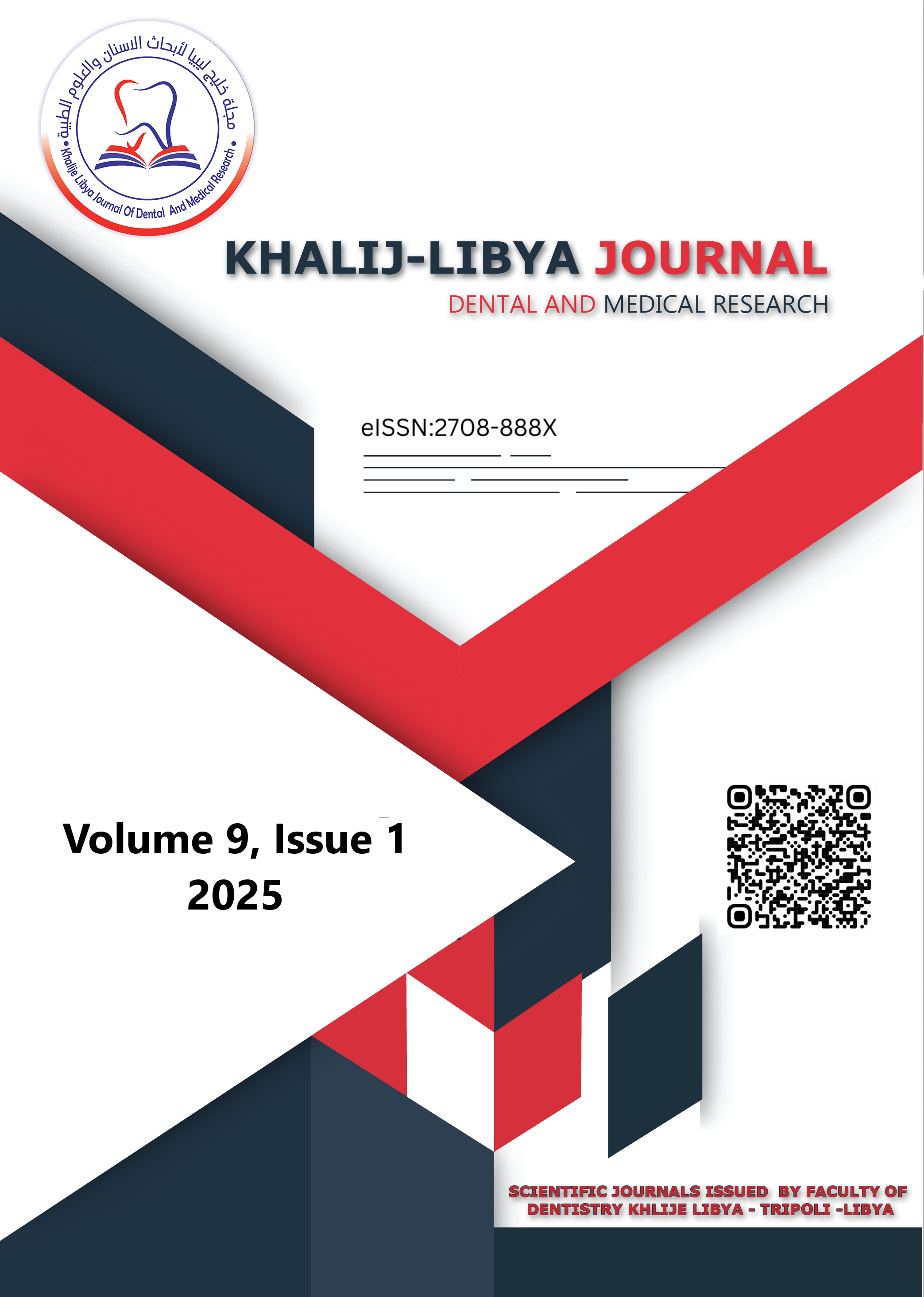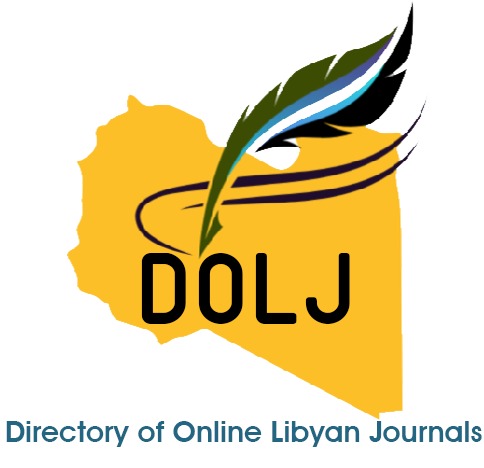Setting Characteristics of Hydroxyapatite-Containing Glass Ionomer Cements by Oscillating Rheometer: Phosphate-based Compositions
DOI:
https://doi.org/10.47705/kjdmr.25911014Keywords:
Glass Ionomer Cements, Working Time, Setting Time, Phosphate, Hydroxyapatite.Abstract
The purpose of this study was to assess the setting characteristics (working/setting times) of phosphate glass ionomer cement that were reinforced with different concentrations of hydroxyapatite crystals. A series of four ionomer glasses based on increasing in the phosphate content with general formula of 4.5SiO2-3Al2O3-xP2O5-3CaO-2CaF2 (Where x = 0.75, 1, 1.25 & 1.5) were synthesised using melt-quench route. Thereafter, the glass ionomer cements were prepared by mixing fine glass powder with poly-acrylic acid at specific powder to liquid ratio. The modified samples (hydroxyapatite-containing GICs) were made by adding hydroxyapatite powder to ionomer glass powder on weight substitution basis instead of certain amount of ionomer glass at a specific percentage of 0%, 5%, 10% and 15% respectively. The ionomer cements mixtures were investigated using Wilson’s Oscillating Rheometer in order to measure the setting characteristics (working/setting times) of the tested materials. Increasing in both phosphate content and substituted amount of hydroxyapatite for glass powder prolonged working/setting times of the glass ionomer cements significantly. The compositions with higher concentrations (15%) of hydroxyapatite showed adversely effect on handling properties and setting rates of the tested cements. The results suggest that addition of hydroxyapatite crystals has a significant impact on manipulation and setting reaction of the manufactured cements. The tested compositions with low-phosphate (highly reactive) and low-hydroxyapatite contents are more suitable for clinical use. Therefore, the additives concentrations’ have to be optimised to produce restorative materials with ideal properties.
Downloads
Published
How to Cite
Issue
Section
License
Copyright (c) 2025 Khalij-Libya Journal of Dental and Medical Research

This work is licensed under a Creative Commons Attribution-NonCommercial 4.0 International License.
All the articles published in KJDMR are distributed under CC BY-NC-SA 3.0 IGO license










